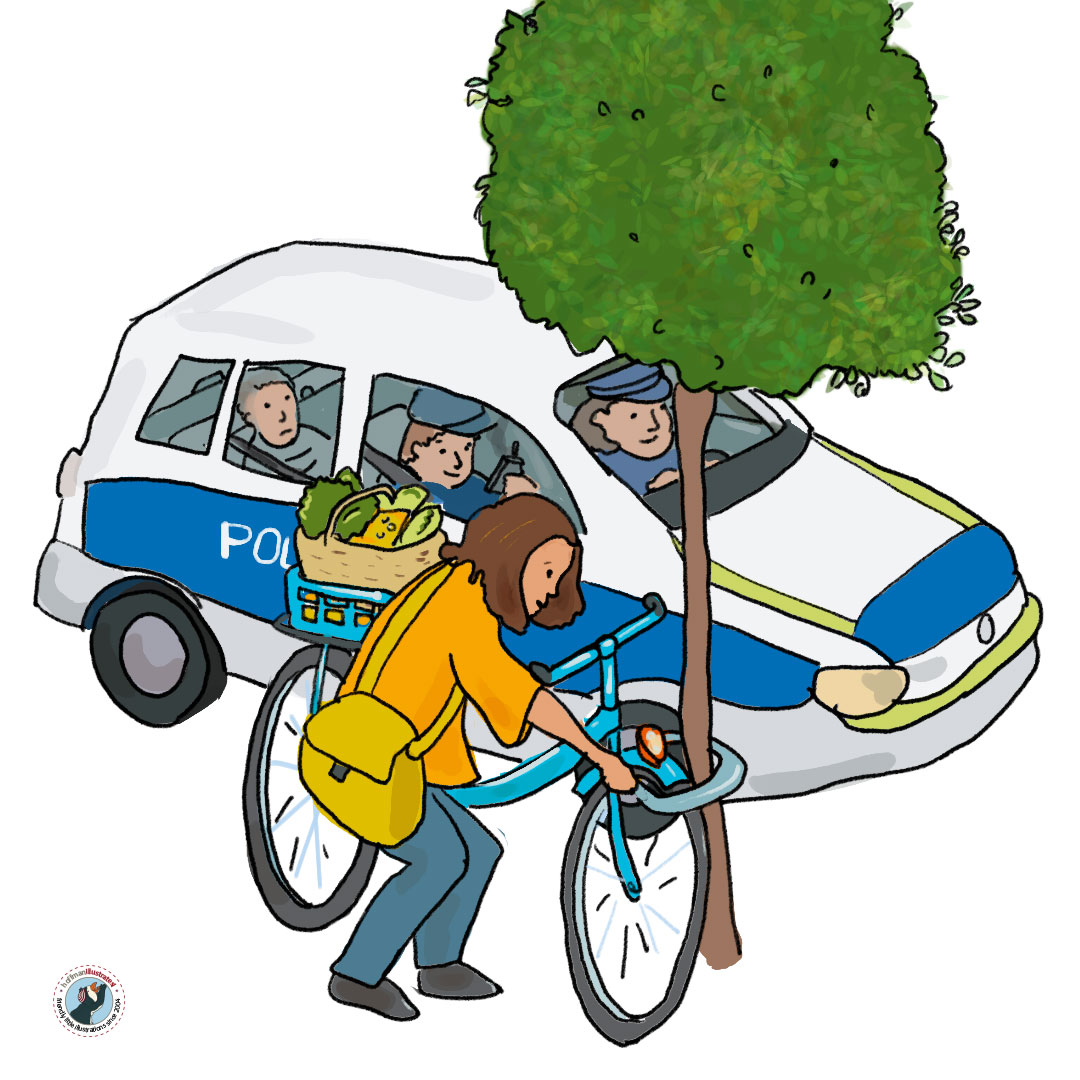
Search and Find Book Reading Made Easy
Estimated Reading Time: 5 Minuten
Authors: Kimberley Hoffman, Rebecca Hoffman
Become a search and find book reading pro with these 5 search and find book tips.
Anyone who opens a Wimmel book to read will quickly discover: A Wimmel book is a children’s book, but it’s very different. Its pages are made of thick or thin cardboard and it lives not from the text, but from the very detailed pictures that tell many little stories on a single page. But how do you read a book with countless stories without text? And above all, how do you read such a Wimmel book to your own child? Today I want to show you: Reading a Wimmel book is not difficult at all.
Do Wimmel pictures make your eyes cross?
The sheer number of little pictures can overwhelm some people. They don’t know what to read from the colorful double pages. Even as a Wimmel book author, I sometimes feel a little overwhelmed by it, too. (But that remains our little secret, ok?).
Most children are really good at finding all the details in this whimsical chaos.
Adults, however, who are confronted with the chaos of life over and over again, every day, seem to reach their limits when reading a Wimmel book. But that doesn’t have to be the case. I’d like to help you open up those boundaries with the following tips.
Tip 1: Savor just a Morsel of the Story
A picture in a search and find book is not just this one story, but many. Close your eyes, tap on a spot in the book, and read that one story.
For example, in “Mannheim wimmelt” there is a police car on the left edge of the marketplace double page spread. There are two police officers in it, in the front, and one person sitting in the back seat.
Many would just assume that this person in the back seat has done something wrong. But what if that person was robbed? Or that person is a child who is lost and looking for his or her parents? Then the police car takes on a whole different meaning. Maybe the child can develop a positive relationship to the police through this reflection.
In the police car there could well be a child who wanted to have an adventure and therefore secretly snuck out of the house and now wants to go home after all. Just ask yourself, who is this person in the back seat of the police car? What did she do or what happened to her to make her sit there? When your questions are answered, you have already “read” your first hidden object story (Wimmel story).
Tip 2: Play the Roaming Reporter
While reading a Wimmel book, you can ask your child ” reporter questions”: “who, how, what, why, when” to encourage your child to develop his or her own story from it. Show your child a small scene in the search and find book and play journalist. Interview each other, perhaps using a homemade microphone (a wooden spoon makes a great play microphone) and ask each other about the scene.
It may well be that the child then tells his own stories about his day. I think that’s good. Allow for these narratives as well. If your child finds a connection to a scene in my Wimmel book, it can open many doors.
Tip 3: Go on a Treasure Hunt
The parents stand in the child’s room horrified by all the mess their offspring made. But the child stands in it and sees exactly what he is looking for. These are his treasures and he knows exactly where they are buried. For some parents, reading the search and find book is like the chaos in the child’s room. There’s bound to be something there, but they can’t see the forest for the trees.
There are often featured characters in Wimmel books that are hidden on every page. Like my corn mice, for example, who are in every one of my Wimmel books. They wander through the Wimmel book and can be found on every page in different situations. In all likelihood, children discover them faster than adults can.
Often you can find characters to look for in the reveal text at the back of the Wimmel book. You can make a quest. Who can find the most characters? Or pose a search question to each other, like, how many frogs, bunnies, balloons, etc. are there on a page? In the whole book? These clues lead to the little treasures in my search and find books and turn search and find book reading into an exciting adventure.
Tip 4: Become a Wimmel Book Discoverer
Who doesn’t know the game: “I see something you don’t see”? Wimmel books are truly made for this.
If you have never played the game before, you can learn it quickly. You look for an object, a person, an animal or something similar on the open page. Without pointing, you (or your child) say “I see something you don’t see, and it’s… ” Put in a descriptive word. For example, whoever sees one of my corn mice might say, “I see what you don’t see and it’s white.” Your teammate gets one guess. If the person doesn’t guess what you are looking for, you can add a second descriptive word as a clue, such as, “I see what you don’t see and it’s white and has a pink nose.”The game continues until the thing being searched for is guessed and found. Then players switch and take turns searching and describing.
This game is not only good for search and find book reading, it also encourages children’s language development.
Tip 5: Take a Wimmel Trip on the Sofa
Maybe next time you want to take your child on a journey on the sofa, open a search and find book. The fact that a Wimmel book usually only has seven double-page spreads doesn’t mean it has to be a short journey.
My neighbors have appeared in every one of my Wimmel books so far. They learn about a new town with each new Wimmel book, even though they’ve never been there before. The Wimmel book series from the Silberburg publishing house is always about the different cities from Baden-Württemberg. This family says that as soon as real travel is safe again, they will definitely want to visit the places I’ve drawn them in.
In times of Corona or when you have a lot of work to do, it’s nice to take a short break to discover a beautiful new city.
What is it like to live in the city of Heidelberg, Mannheim, Heilbronn or Ludwigsburg? What exciting adventures do these cities offer? There are, of course, the tourist magnets, such as Heidelberg Castle or the Blühende Barock, but then there are things that only the locals really know and appreciate, such as the Fairy Tale Paradise in Heidelberg and Fairy Tale Garden in Ludwigsburg, the Experimenta in Heilbronn or the Technoseum in Mannheim, and are very exciting for children. In addition, such “excursions” from the sofa are ideal when it rains outside.
Whether you are a playing a reporter, a Wimmel book gourmet, a treasure hunter, a search and find book discoverer or are an accomplished sofa traveler, you can now become a skilled wimmel book reader with my wimmel books. What are you waiting for? Your adventure starts right here.


